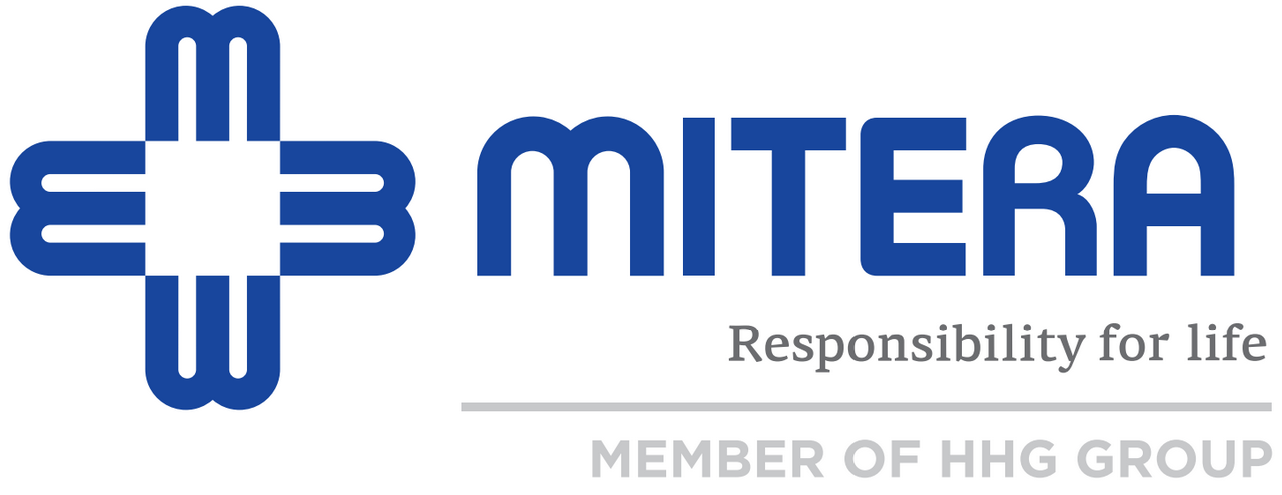Childhood strabismus
One eye focuses normally while the other points on a different direction. Children with strabismus do not have a double vision since their brain disregards the image of one eye. As a result this eye is not used and develops amblyopia (lazy eye). In other words, a child with strabismus often looks with only one eye and there is always the risk to gradually loose their vision in one eye. This can be irreversible if not treated early.
Written by
Georgia D. Chroussou, M.D.
Professor at Georgetown University, Washington
Director of the Ophthalmology Department of MITERA Children’s Hospital
The most common form of strabismus is congenital strabismus that is present at of shortly after birth (up to the age of 6 months). The prevalence of strabismus in children is about 2%. A family history of strabismus is a risk factor since in that case the prevalence in family members can be as high as 30%. Congenital strabismus occurs at a higher rate in premature babies. More specifically, for premature babies less than 2,500 grams at birth, the congenital strabismus risk is 4 times higher than normal and for babies less than 1,500 grams at birth the corresponding risk is about 7 times higher than normal. These rates are even higher for mothers that smoke, drink alcohol or use drugs during pregnancy.
The angle of deviation in congenital strabismus is convergent and large. Treatment in almost all cases is surgical and eye alignment should be done before the age of 2 years. The usual practice is to operate children 6 to 12 months old. One out of 5 children will need a second operation and this should be also done early (before the age of 2 years). Vision restoration rate is almost 100% for early treatment and about 44% or even less in the case that surgery is done after the age of 2 years. Stereoscopic vision rates are also high for early treatment cases.
Acquired strabismus can develop after the age of 6 months and most commonly in between 2 and 7 years. It can be a permanent condition or a simple discomfort that happens few times during the day. Some acquired convergent strabismus cases result to hypermetropia and need glasses for vision correction while fewer cases need surgical correction. Other types of acquired strabismus can be treated only surgically. Either surgically or not, correction is absolutely necessary to avoid loss of vision and to restore eye coordination.
When should a child be tested for strabismus?
Examination by an ophthalmologist is mandatory in case of strabismus suspicion. At first, the ophthalmologist should conclude on the existence of strabismus. Many infants and toddlers appear to have strabismus when, in fact, they do not (pseudostrabismus). For example, the bridge of the child’s nose may be wide and not fully developed or the child may have folds of skin in the inner eyelids (epicanthal folds), making the eyes look crossed. The appearance of misaligned eyes resolves as a child gets older. The ophthalmologist shall also verify that there are no pathologies that can lead to strabismus. Finally, the doctor will treat strabismus depending on its type and frequency and existence of amblyopia. Early treatment of strabismus is highly important.
It should be noted that apart from vision restoration, treatment of strabismus improves the child’s appearance avoiding thus any potential psychological complications.
Strabismus is a condition in which the eyes are not properly aligned with each other.


